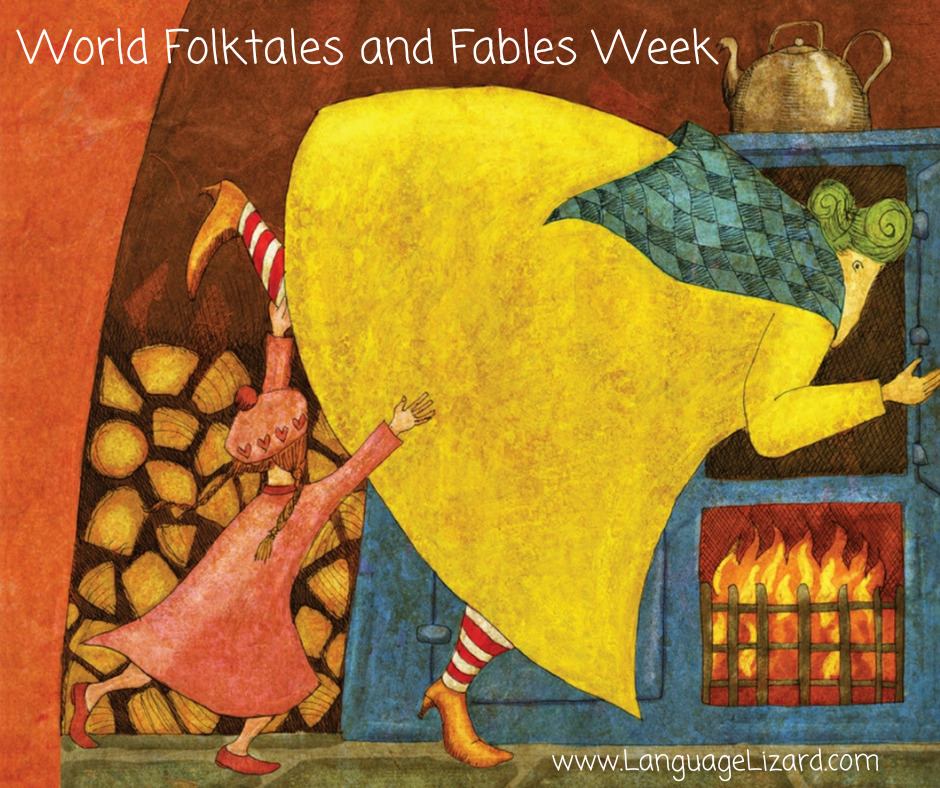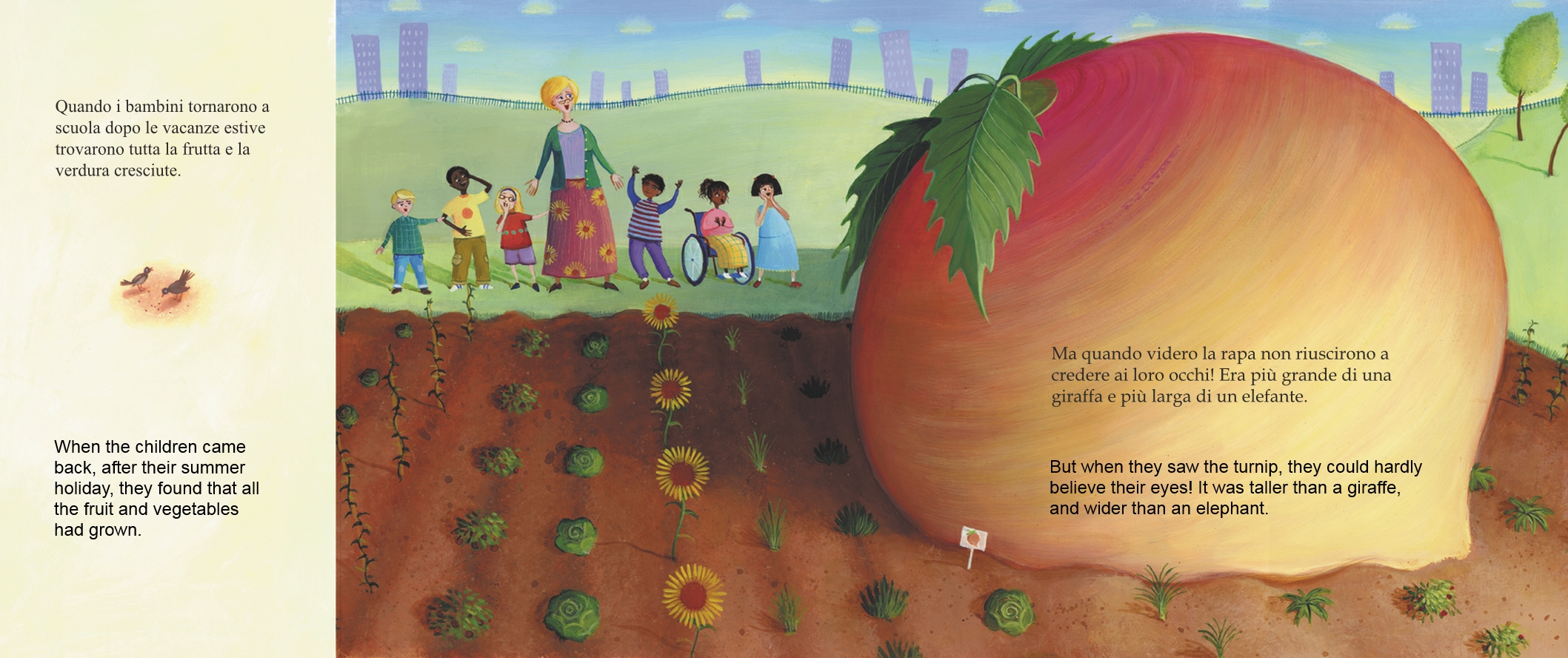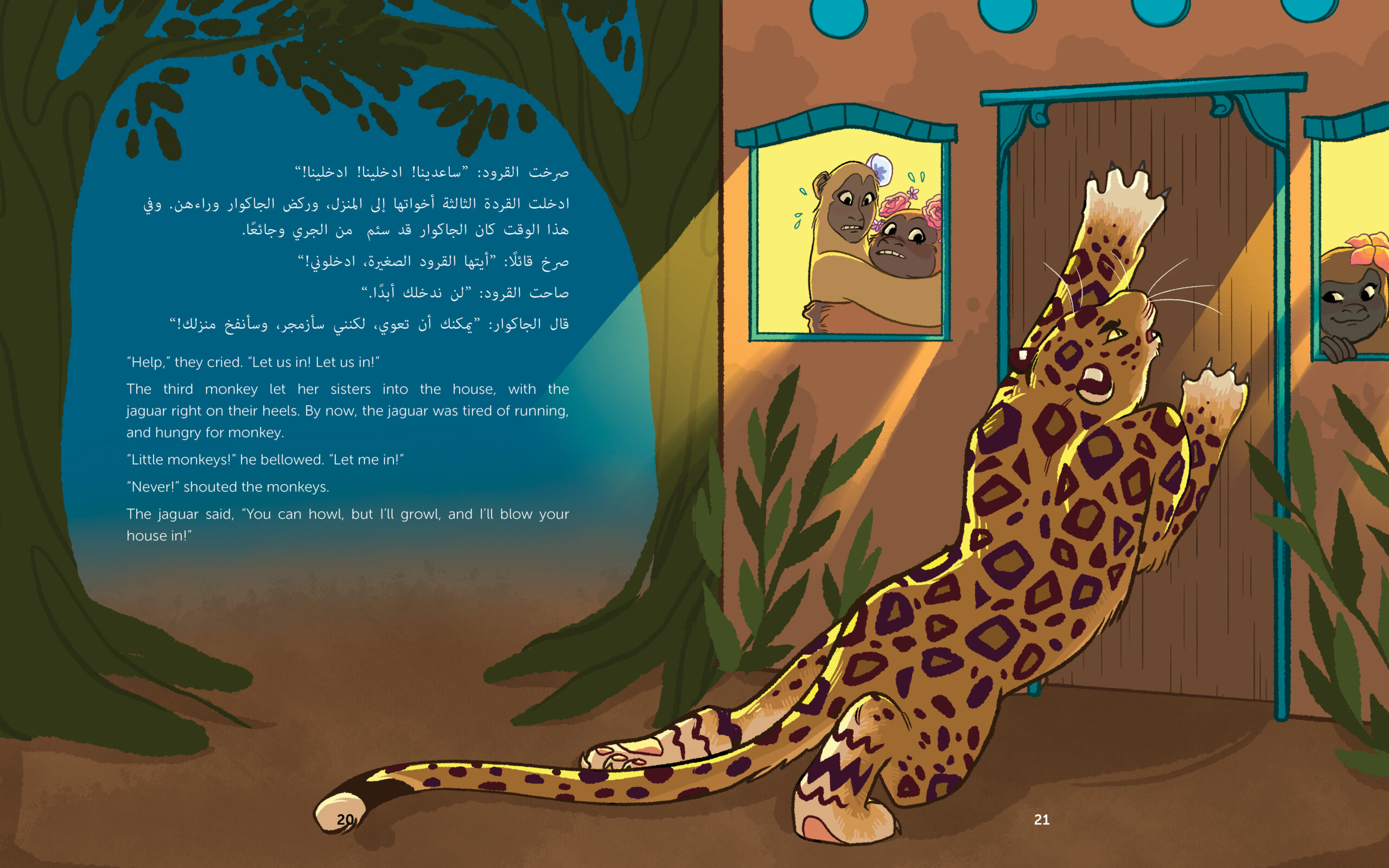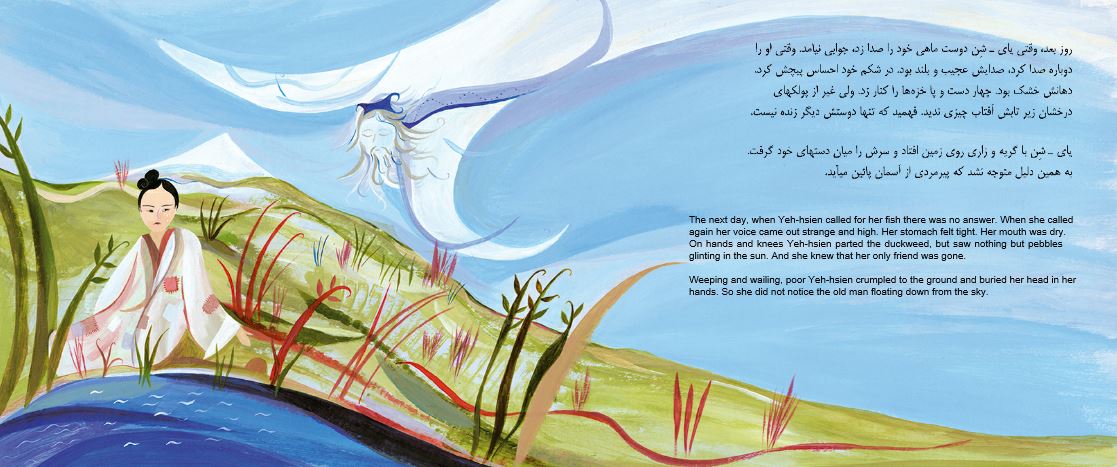 Image from Hansel and Gretel
Image from Hansel and Gretel
Next week marks World Folktales and Fables Week (March 19-25), a week where we encourage everyone to learn more about the lessons and cultural background of folktales, fables, and other traditional stories from around the world. Are you looking for fun and interactive ways to celebrate in the classroom? We have put together five ways to excite your students about the week!
Importance of Folktales and Fables
Folktales and fables have existed for centuries and continue to delight and educate children today. These effective teaching tools have simple characters, settings, and conflict to keep children engaged. In addition, the tales offer social lessons such as the consequences of good and bad behavior, the value of working together, and the reward of courage and ingenuity.
These stories also provide a unique opportunity to expose students to other cultures and languages worldwide.
 Image from The Giant Turnip
Image from The Giant Turnip
Get Ready!
After exploring the differences between a folktale, a fable, and even a fairytale, read a selection from each genre. Choose stories the students might know, like Hansel and Gretel or Goldilocks and the Three Bears. Or, choose ones from different parts of the world, such as The Crow King from Korea or The Giant Turnip from Russia. You can even introduce reimagined tales such as The Three Little Howlers or Jill and The Beanstalk. If you have bilingual students in the classroom, ask them to read their favorite story to the class in their home language or share a traditional story from their culture!
 Image from The Three Little Howlers
Image from The Three Little Howlers
Go!
Once you have selected a few different tales, let the fun begin!
1. With the students divided into two groups, give each group two envelopes. One envelope will contain images from familiar folktales and fables, either the ones that have been read in class or well-known ones such as “The Three Little Pigs”. The other envelope will contain the titles of the stories. Each group will have a set amount of time to match the pictures to the titles. The team that finishes first wins.
2. For this activity, place the students into three groups. Each group will get an envelope with a story divided into pieces. They will have a set amount of time to read the story and then organize the pieces into the correct order. Afterward, have the students talk about what they liked about each story, what they did not like, and what they learned from each one.
3. Place the students into groups, and give each group either a folktale, fable, or fairytale to read amongst themselves. Then, each group will have to retell the story to their classmates with a twist: every time the teacher claps, a different member of the team must continue the story. They cannot read the story while telling it, although other members of the group can help.
 Image from Yeh-Hsien: A Chinese Cinderella
Image from Yeh-Hsien: A Chinese Cinderella
4. Students will remain in the same groups. This time they will be assigned a story that they will perform. Every member of the team must participate as a character. They will have between 5 and 10 minutes of preparation, and then they must be ready to present.
5. Like charades, the students will compete to discover the story. With the class divided into two groups, one person from the group will mimic the story, and the others will try to guess. The team with the most correct answers wins.
For more book and lesson plan ideas, visit LanguageLizard.com. Don’t forget to visit our YouTube channel for fun videos too!
